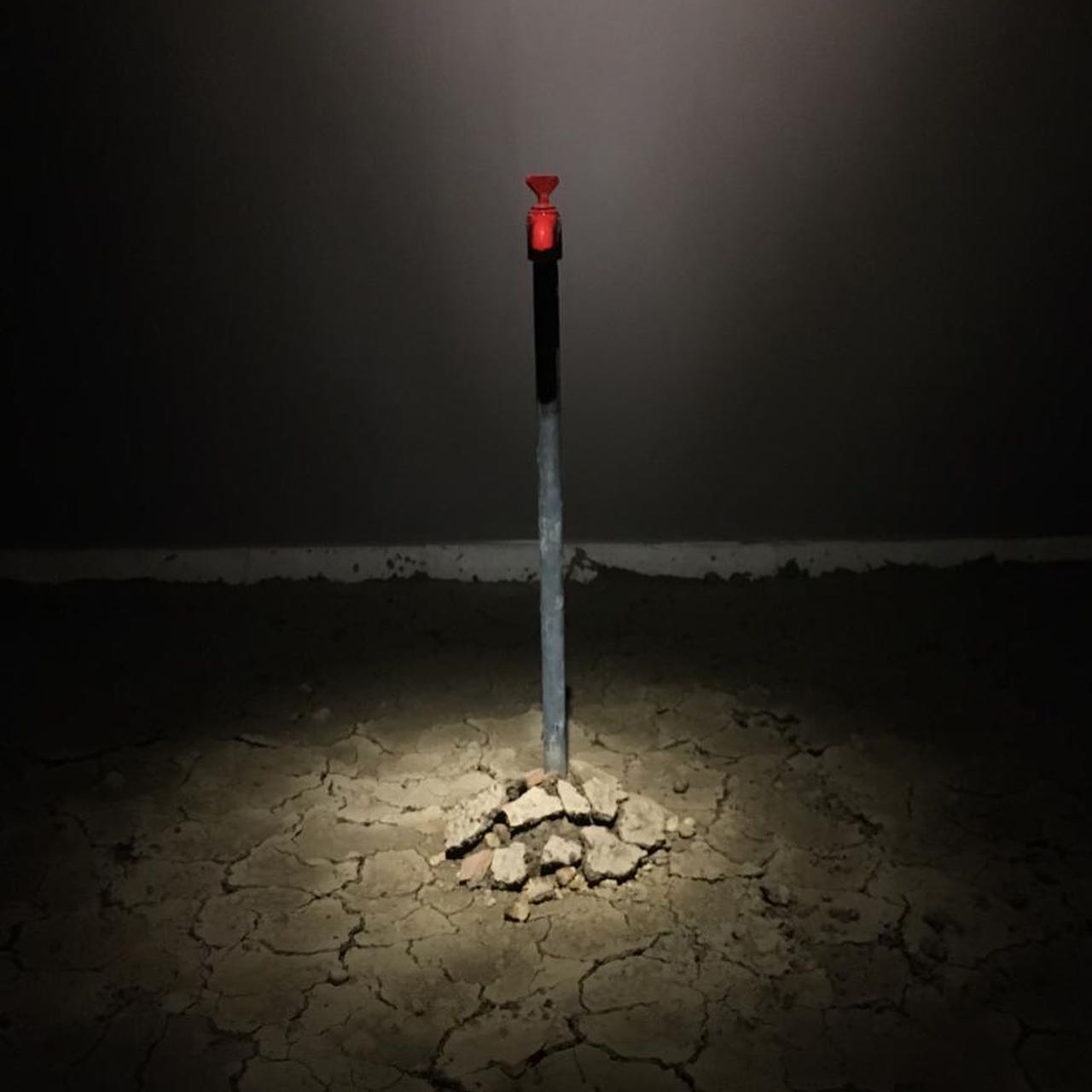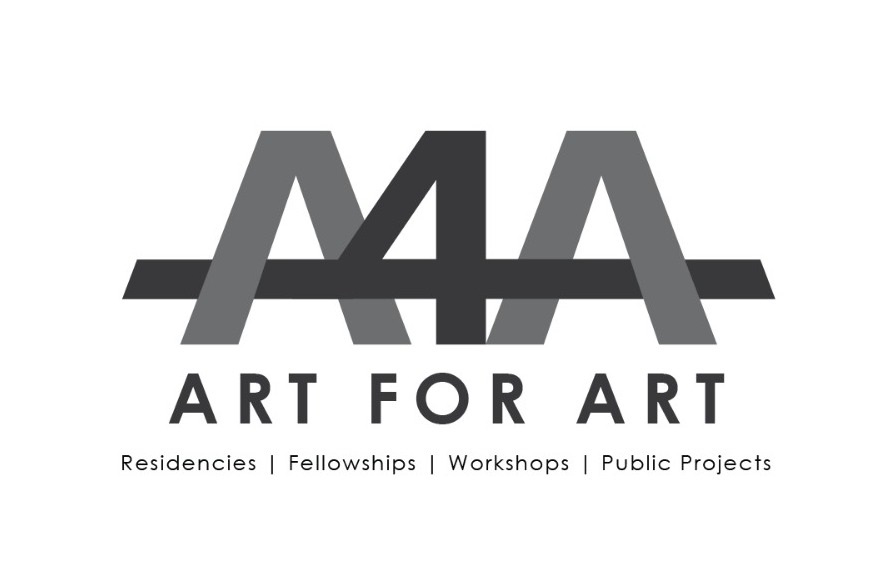About Us
Art For Art Foundation (A4A) is a not-for-profit arts organization based in New Delhi, India, established in 2011. A4A’s primary focus is to empower artists from diverse regions and genres and foster their creative and professional growth through virtual residencies, fellowships, public art initiatives, and educational programs. The foundation aims to provide a dynamic platform for artists to create, exhibit, and engage in critical dialogue, bridging the gap between rural and urban communities. A4A is supported by the ChampaTree Art Gallery and The Create Studio. It promotes interdisciplinary collaboration and community-building, making art accessible and fostering the next generation of art professionals and enthusiasts. The foundation’s programs stress the importance of community engagement, encouraging artists to mentor youth, conduct workshops, and share their creative processes through digital platforms.

Open Call for Virtual Residency 2024
Art For Art Foundation offers two cycles of three-month virtual residencies per year for four emerging Indian artists (each cycle). The program provides financial support and mentorship to the artists without requiring them to leave their personal creative spaces.
Open Call for Fellowships 2024-2025
A4A fellowship allows mid-career artists (ages 30-40 years) to dive deeper into their practice and bring ambitious projects to fruition. At the end of the fellowship period, the artist is given a platform to present their work to a broader audience, with an invitation to exhibit at the Champatree Art Gallery.
